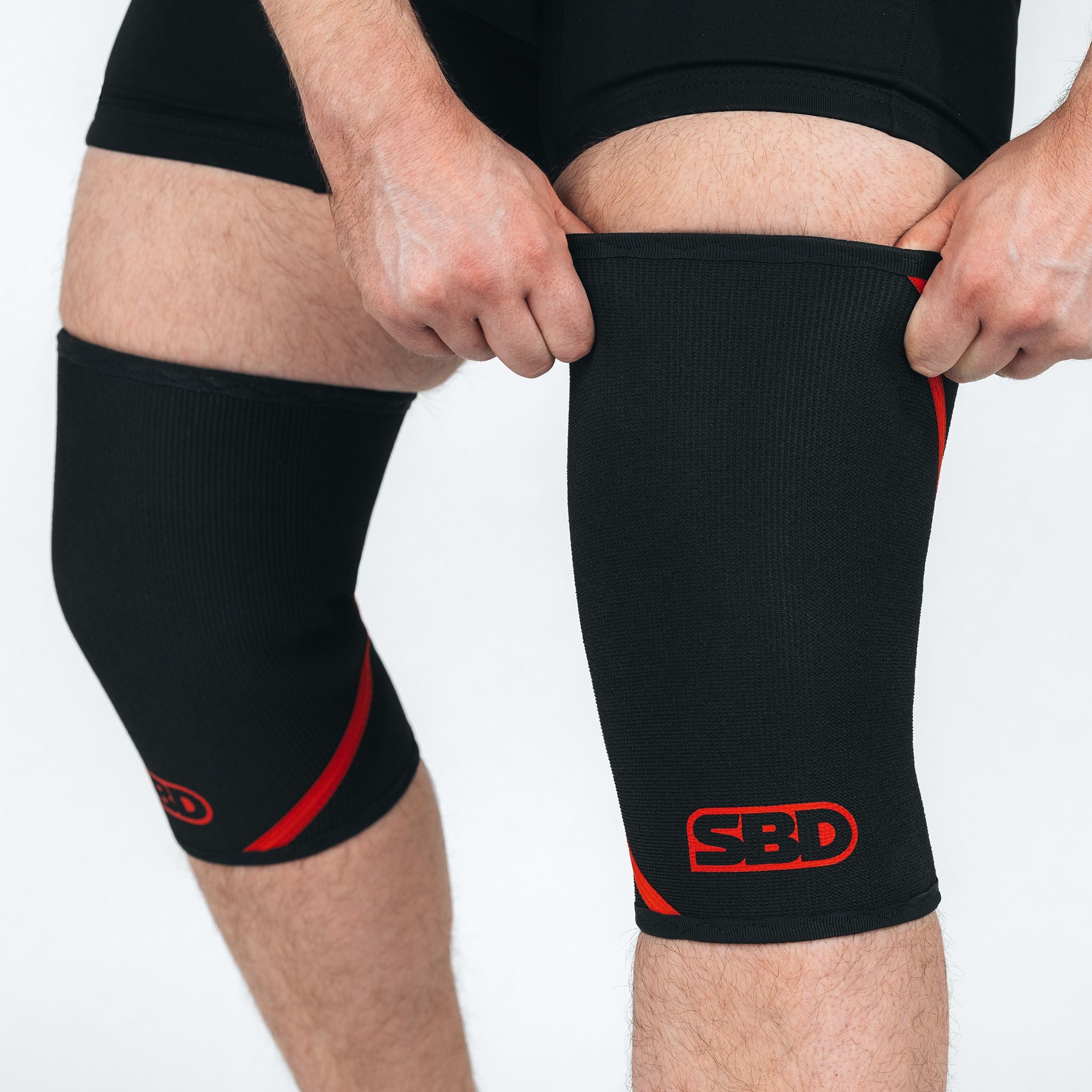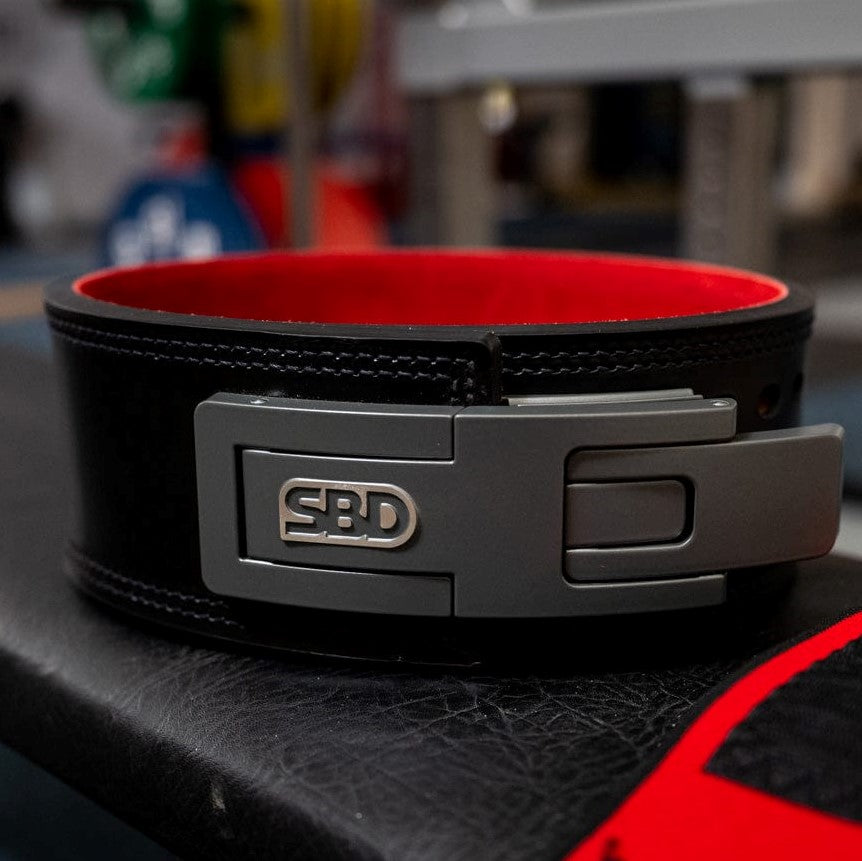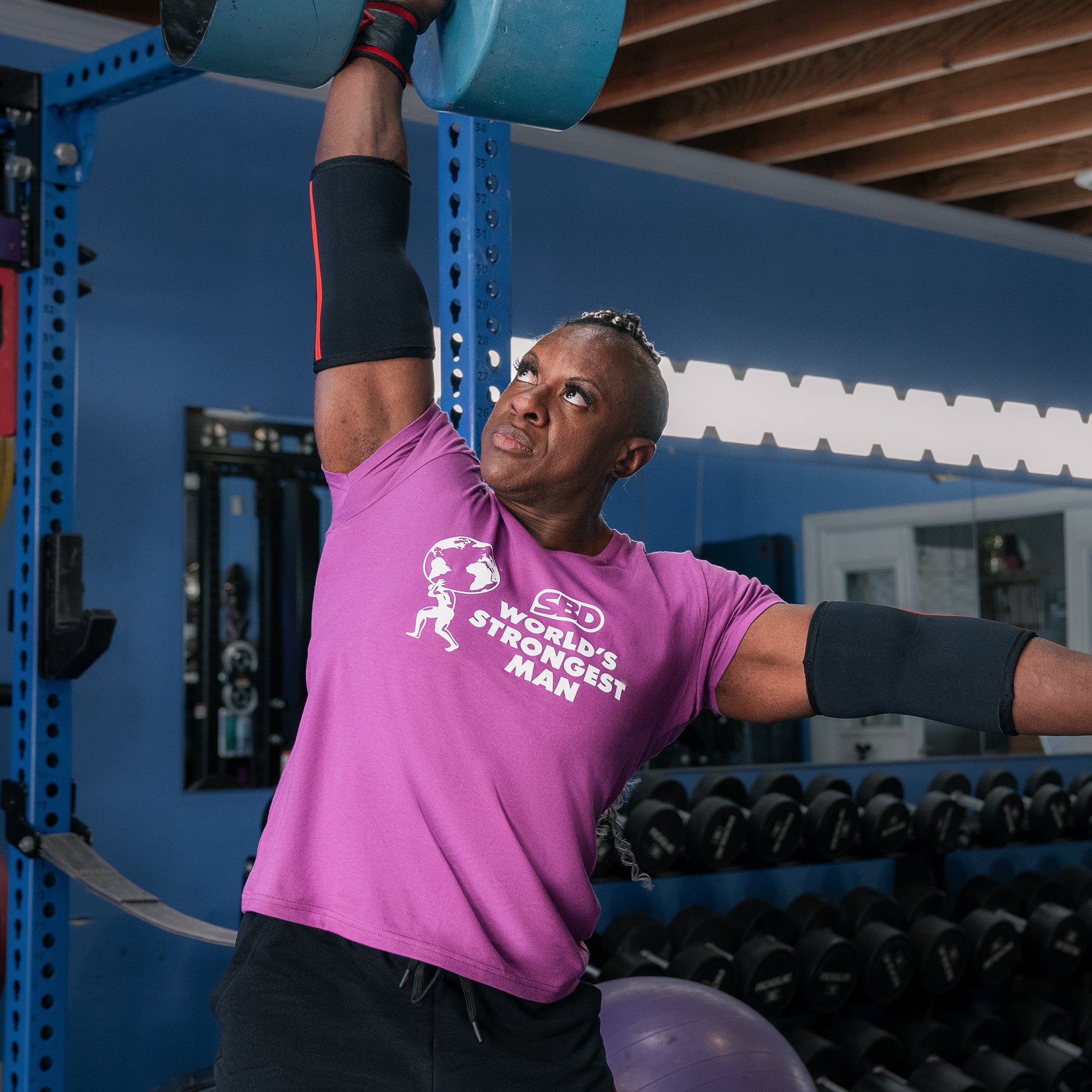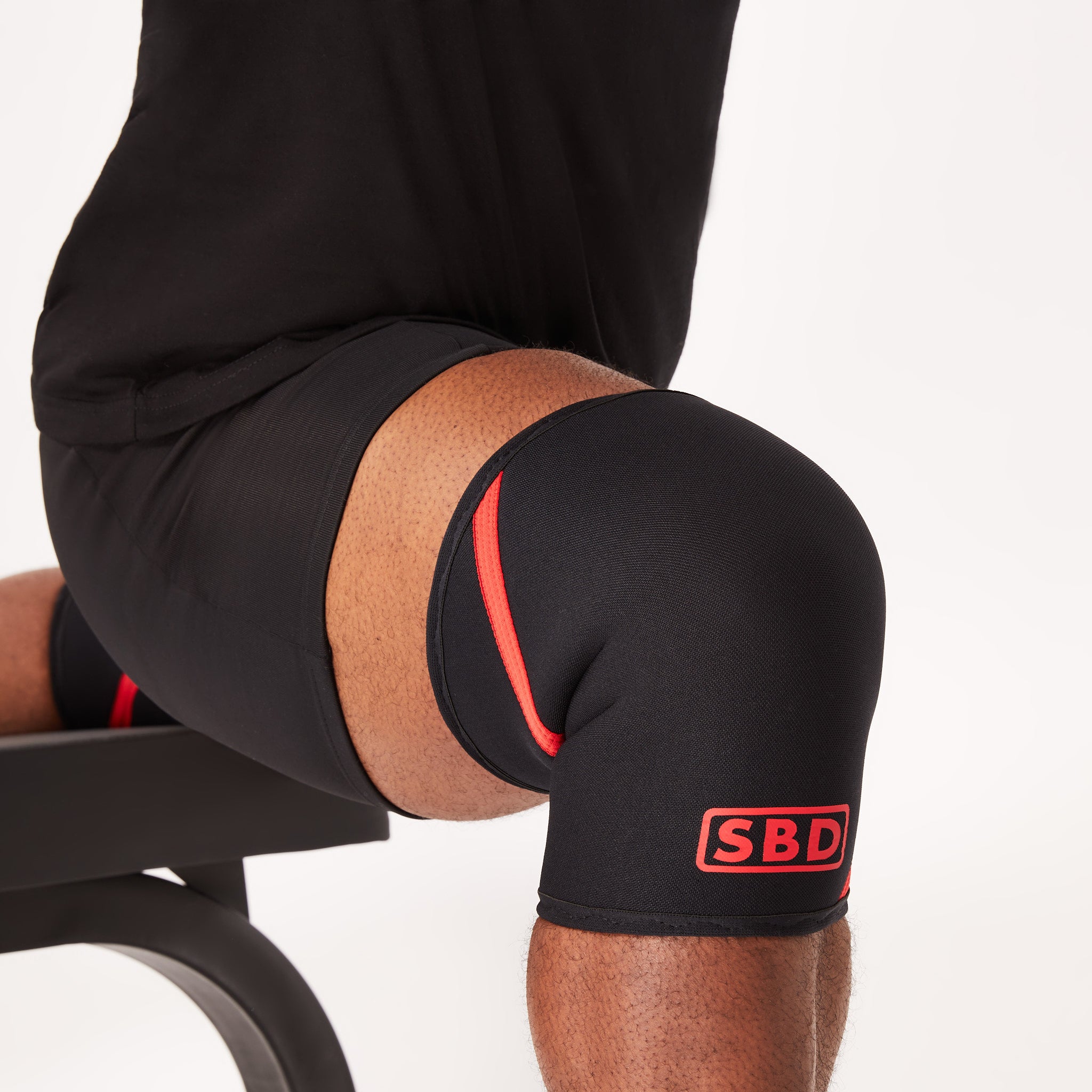What You Need to Know for Your First Meet
by Ryan Stinn
It’s been a long time since my first meet but I do train with and coach people that are going into their first meet fairly often. I think it helps having a crew around that can really walk you through the first meet but not everyone has that. Things like not knowing how to time your warm ups or what do with attempt cards or just how the flow of the day goes can be really hard for someone coming into the sport. I’m hoping to help answer some of these questions thought this article and hopefully get you a little more prepared for your first meet.
First to get it out of the way I personally compete in the Canadian Powerlifting Union which falls under the International Powerlifting Federation so some of my suggestions are going to be based around that. If you don't compete in those federation's then some of the regulatory things like legal underwear legal equipment may not quite apply to you but the rest of the stuff is good to read about.

This was my first Nationals, 2006 Chiliwack
So what kind of equipment will you need for your first meet? Really what you need is an approved powerlifting singlet, t-shirt with no pockets and crew neck without any logos or with approved logos, knee high socks for the deadlift, sport shoes for all three lifts and legal underwear (more an issue for the guys). Beyond that you'll need a membership card for the federation you are competing in, for the Canadian Powerlifting Union you can head to their website http://www.powerlifting.ca to pick up your your membership card. You also need to finish the CCES anti-doping education (you can find this on the CPU membership page), make sure you do that before your meet if you don't then you can't lift.
Here is a quick run-through how a meet actually runs. The lifters are all arranged into flights, each flight has a max of 14 people in it. So if there's more than 14 people in the meet then there'll be at least two flights. Before the meet you'll be put into one of the flights. When you weigh in pay attention to which flight you are in. After weigh ins you might get switched to a different flight so stick around to make sure if that happens you are able to prepare accordingly.

Arnold Classic 2009, Columbus Ohio
Most meets will have an equipment check running along with weigh in. You must show them all of your equipment you will wear on the platform, shoes, socks, etc. Also you will need your photo ID and CCES certificate here and at weigh in so have a picture of it on your phone or better yet a printed copy.
The weigh in process is simple, lifters are ordered randomly by lot number and are weighed in in this order. Last one to weight in? Bad luck, but the lot number will determine lifting order IF the same weight is called, so this can be GOOD if you are in a battle with someone! When you weigh in you must weigh in either in your under wear that you will wear in the competition or naked. You may not weigh in clothed. To help everyone out, go into weigh ins in minimal clothes, don't have three sweaters on and shorts and track pants, be quick because it helps everyone! Also you HAVE to know your opening attempts in KG and rack heights! It's easy to have them written down on a sheet you can hand the referee.
At weigh in you should have received attempt cards. I recommend filling your name in on all of them right now and then keep them in a safe place, if you have someone helping you then have them hang onto them. After each of your attempts you have 1 minute to hand in your next attempt to the score table. This means you don't want to leave your attempt cards back on your lifting bag so you are running around trying to find them. If no one is helping coach you, you can place them somewhere close to the entrance to the platform or tuck them in a sock! It's important to note that you can change your opening attempt as well, up to 3 minutes before lifting begins OR 3 lifters left in the flight before yours. Listen up, the announcer should be warning you about this time limit approaching!

My first worlds, 2008 Newfoundland
So let's say the meet has two flights, flight A and flight B and you are in Flight B. Flight A will lift first and do all their squat attempts before flight B squats. Everyone will do their first squat attempt then everyone will do their second squat attempt and finally their third squat attempt. Only after that will flight B do their squats, in the same way. The same goes for bench and deadlift. In a 2 flight meet there will be a 10-minute break between squats and bench, and bench and deadlift so take that into account for your warm ups.
It's important to properly time your warm ups. If you're in flight B then you should normally start warming up for squats once flight A begins squat attempts. Assuming there's about 10 to 14 people in that flight you can plan you will have about a half an hour for your squat warm ups. If you know that takes you longer to warm up for squats than that you may want to try and get a few warm ups in before they start their attempts. Always make sure to warm up early! It's better to be warmed up earlier rather than rushing at the end to try and get your lost warm ups in or having to skip some warm-ups to get to your first attempt.

My 10th Nationals, 2015 Newfoundland(first Squat PR in 6 years)
The same goes for bench and deadlift, once flight A starts lifting then you can start your warm-ups for bench and deadlift. If you're in flight A you'll just need to start your squats approximately the amount time you need to warm. Test during a training day to see how long it will take to get to your opener, this should include stretching/rolling or whatever you do. I usually recommend getting your first two to three warm ups in quickly, back-to-back almost, to get the blood flowing and then you can kind of slow down a bit. Remember your attempts are going be done about 10 to 15 minutes apart so if all your warm ups are 2 minutes apart then suddenly 10 minute to 15 minute breaks it will feel like an eternity.
Besides the equipment we covered earlier (singlet, t-shirt, knee high socks, shoes and legal underwear) you can also wear an approved powerlifting belt, wrist wraps, and knee sleeves in the classic division. I won’t get into equipped, if you're entering your first equipped meet I'm assuming you are training with people that know what they're doing and you know what you can wear.

My 14th Nationals, 2019 Ottawa
So what else goes in your meet day bag? Food and drinks! It can be a long day, a quick meet might speed by at 3 hours but a long meet will be 5 hours+. That's a lot of time to not be eating or drinking or taking in calories when you're doing max attempts. My recommendation is to not just binge on junk food but rather bring food that you are used to. Eating junk will just lead to a really bloated and gross feeling by the time you get to deadlifts. We prefer running gels and jelly beans, they are high sugar content but easy and quick to get into your body. I also recommend taking caffeine pills if you are a caffeine person, I would generally take one before squats and then another one before deadlifts just to make sure you don't flatline during deadlifts.
However the most important thing is just to have fun! Your first meet can be very stressful and don't add that stress by cutting weight, just go in and lift. Also be reasonable with your attempt selection. You're probably going to be a little more stressed out than normal. Make sure you pick a very safe opening attempt, something you can do any day of the week for a triple. It’s not where you start it’s where you finish. Start safe then see how it feels and go from there, it's always great to try to hit a PR in the meet but that doesn't always happen especially on your first go. Remember it’s just a starting point and a learning experience for the next one.
Have fun and lift well! Questions? Leave a comment below!
This is actually my second meet!






